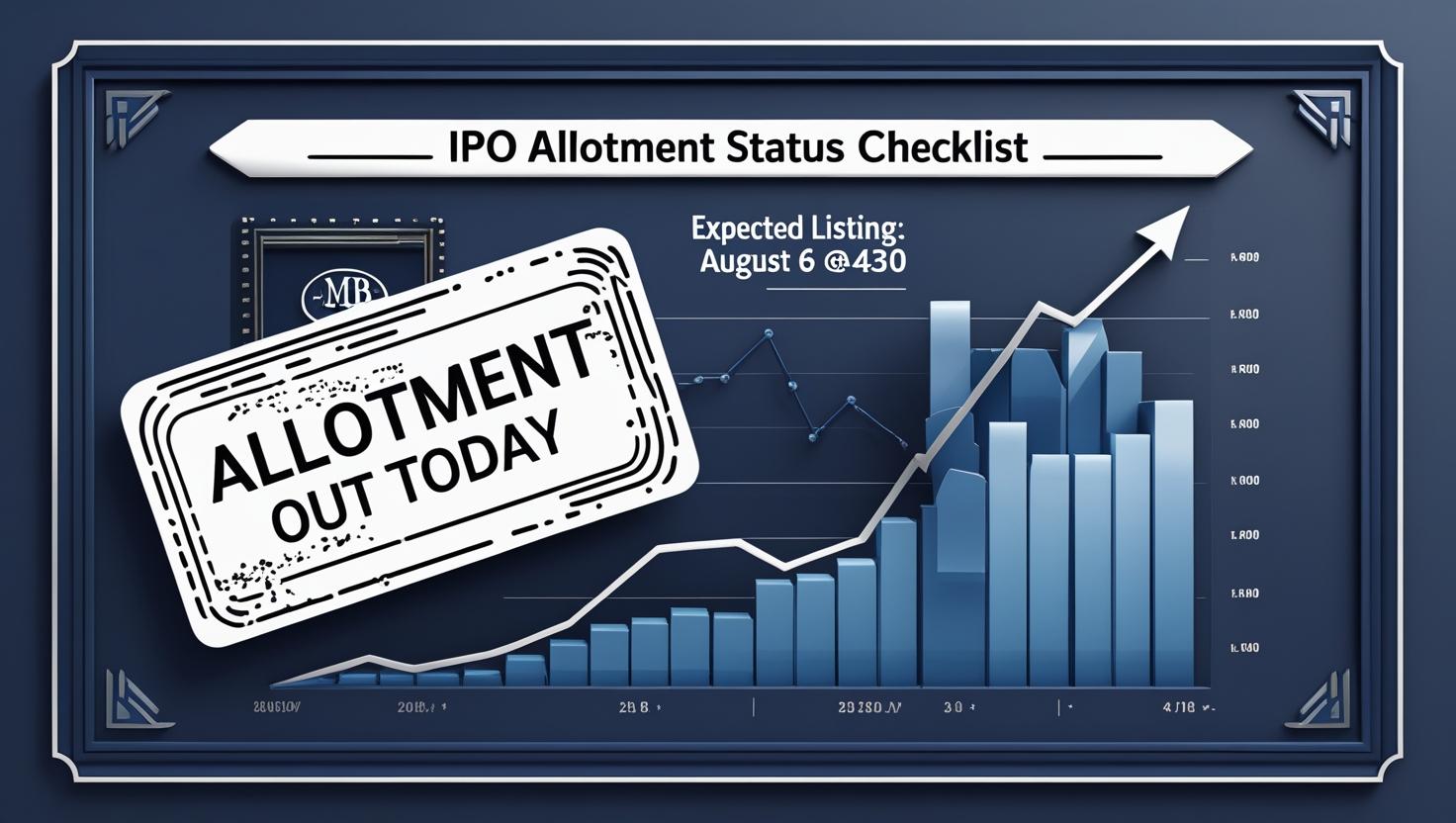A Transformative Budget Year for India
The current financial year has emerged as one of the most transformative years for India’s economic landscape. The government’s dual approach of offering income tax relief to individuals and introducing GST reforms for various sectors has created a wave of optimism across households, industries, and the stock market. These policy measures are not just technical changes in tax structures; they are deeply tied to the way Indians spend, save, and invest.
For the stock market, consumption-driven reforms often act as a powerful catalyst. When people have more disposable income in hand, everyday essentials see a sharp jump in demand, while discretionary big-ticket items also witness fresh momentum. As a result, two major sectors—FMCG (Fast-Moving Consumer Goods) and Consumer Durables—are positioned to benefit significantly.
This report dives deep into how income tax relief and GST reforms together are reshaping India’s consumption story, which stocks are likely to attract more investor funds, and how traders and long-term investors can position themselves in this changing environment.
Income Tax Relief – Putting More Money in People’s Hands
At the heart of the reforms lies the income tax relief announced for salaried individuals and middle-class households. The government’s decision to increase exemptions and reduce tax slabs for certain categories has a direct impact on disposable income.
When households save on taxes, the immediate effect is an increase in consumption expenditure. Families tend to spend more on groceries, packaged food, personal care products, and entertainment. At the same time, they may also channel savings toward consumer durables, such as new appliances, electronics, and home upgrades.
The income tax relief essentially acts as a demand booster. Unlike subsidies or temporary support, tax relief is continuous—it influences financial decisions month after month. This means the stock market can expect a steady upward trend in consumption-driven sectors, especially during the festive season and into the following quarters.
GST Reforms – Simplifying India’s Consumption Story
Alongside tax relief, the government has moved ahead with GST rationalisation. Over the years, GST rates have been a pain point for industries where higher taxes suppressed demand. The latest reforms have been widely welcomed, especially by the consumer-facing sectors.
Key GST Changes:
- Essentials and Packaged Food: Shifted to lower GST slabs, making household consumption cheaper.
- Consumer Durables: Goods such as air-conditioners, refrigerators, washing machines, and kitchen appliances saw a reduction from 28% GST to 18%, significantly lowering final retail prices.
- Electronics and Small Appliances: Better clarity on slab rates ensures reduced ambiguity for manufacturers and distributors.
The GST reforms are aimed not just at cutting prices but also at simplifying the taxation framework, making it easier for companies to pass benefits to consumers. Lower GST means higher affordability, and higher affordability means stronger demand—a formula that the stock market rewards quickly.
The Link Between Tax Relief, GST, and Stock Market Growth
The stock market thrives on anticipation of higher earnings growth. When income tax relief boosts spending power and GST cuts reduce product prices, companies in consumption sectors see a direct jump in sales volume.
For investors, this translates into:
- Stronger quarterly earnings reports for FMCG and durable companies.
- Rising valuations, as analysts revise growth projections upward.
- Sector rotation, where funds shift from cyclical plays to consumer-driven growth stories.
Historically, reforms of this nature have triggered bull runs in consumer sectors. The current setup appears no different, and institutional investors are already positioning themselves in these stocks. Retail traders too, sensing the momentum, are entering FMCG and durable counters for medium-term gains.
FMCG Sector: Everyday Essentials Leading the Growth
The FMCG sector is the first and most obvious beneficiary of income tax relief and GST rationalisation. With millions of households enjoying higher disposable incomes, the natural outcome is higher spending on food, beverages, personal care, and daily-use essentials.
Why FMCG Will Lead:
- Non-discretionary demand – Unlike durables, FMCG products are purchased daily, ensuring consistent growth.
- Wider rural reach – As rural households benefit from tax relief and lower prices, consumption expands beyond urban centers.
- Premiumization trend – Urban consumers upgrade from basic to premium FMCG products, expanding company margins.
Key Gainers in FMCG:
- Hindustan Unilever (HUL) – Largest FMCG player, with exposure to home care, beauty, and foods.
- Nestlé India – Benefiting from rising packaged food consumption.
- ITC – Expanding beyond cigarettes into food and personal care.
- Britannia & Dabur – Strong demand for packaged food, health supplements, and Ayurvedic products.
- Tata Consumer Products – Leveraging beverages and packaged staples demand.
For investors, FMCG remains a defensive yet growth-oriented sector, ensuring stability even if market volatility persists.
Consumer Durables: A Boost for Big-Ticket Purchases
While FMCG covers everyday essentials, the consumer durables sector thrives on discretionary spending—purchases that households make when they feel financially comfortable. Here, the dual reforms act as a double push:
- Tax relief frees up disposable income, encouraging families to upgrade homes with new appliances.
- GST cuts lower product prices, directly improving affordability.
Why Consumer Durables Will Surge:
- Festive season demand – Indians traditionally purchase durables during Diwali, Dussehra, and weddings.
- Urban lifestyle growth – Air-conditioners, washing machines, and kitchen appliances are becoming essentials in middle-class households.
- Strong replacement cycle – Old appliances are being replaced with energy-efficient, smart technology options.
Key Gainers in Consumer Durables:
- Voltas & Blue Star – Leaders in cooling solutions (ACs, refrigeration).
- Whirlpool & Havells – Strong presence in home appliances.
- Dixon Technologies – A contract manufacturer gaining from rising domestic demand.
- Crompton & Bajaj Electricals – Benefiting from demand for fans, lighting, and small appliances.
For traders, durables represent a short-to-medium-term rally, often stronger than FMCG during festive quarters.
Comparative Analysis – FMCG vs Consumer Durables
Both FMCG and Consumer Durables are expected to gain, but their growth drivers differ.
| Aspect | FMCG | Consumer Durables |
|---|---|---|
| Nature of Demand | Essential, recurring | Discretionary, one-time |
| Growth Style | Volume-driven | Margin & volume-driven |
| Rural Impact | Strong | Limited |
| Festive Boost | Mild | Very High |
| Risk Factor | Inflation | Interest rates, credit demand |
FMCG provides stability, while Durables provide cyclical growth spurts. Investors with a long-term horizon may prefer FMCG, while traders looking for near-term momentum may lean toward Consumer Durables.
Market Sentiment and Retail Investor Behavior
The reforms have injected a strong dose of optimism into the market. Institutional investors (mutual funds, FIIs) are already shifting weightage towards consumption-heavy portfolios. At the same time, retail investors are increasingly chasing FMCG and durable stocks as “safe but growing” bets.
Brokerage houses are releasing positive earnings forecasts, and analysts expect both sectors to outperform the broader market over the next 2–3 quarters.
Challenges and Risks Despite Reforms
While the outlook is positive, investors should not ignore potential risks:
- Inflationary pressure may offset some of the GST benefits.
- Global slowdown could impact demand for premium consumer products.
- Execution delays in GST implementation may affect company margins.
- Competitive pricing wars among FMCG and durable players could erode profitability.
These risks underline the need for selective investing rather than a blanket approach.
Long-Term Outlook – Consumption as India’s Growth Engine
India is transitioning into a consumption-led economy. Rising incomes, urbanisation, and a younger demographic profile mean that consumer spending will drive GDP growth in the next decade.
FMCG companies are set to benefit from steady recurring demand, while durables will thrive on lifestyle upgrades and urban aspirations. Together, these sectors form the backbone of India’s consumption story.
Over the next 5 years, analysts expect FMCG and Consumer Durables to outperform broader indices, supported by consistent policy measures, rising middle-class spending power, and expanding rural penetration.
Final Words – Where Should Investors Look Now?
The combined impact of income tax relief and GST reforms is clear: Indians will spend more, and companies serving consumption needs will earn more. For stock market participants, this presents a golden opportunity.
- FMCG stocks should be core holdings for long-term investors, offering steady growth with lower volatility.
- Consumer Durable stocks provide a strong momentum trade for the next 12–18 months, especially around festive periods.
- A balanced portfolio allocation between these two can help investors capture both stability and growth.
In conclusion, the reforms are not just government policies—they are a trigger for a broader market rally in consumption-driven sectors. Traders and investors who position themselves early stand to gain the most.
📌 Stock Market Disclaimer
- Disclaimer: This post is for informational and educational purposes only and does not constitute financial advice or a recommendation to buy/sell any stock or share. Investing in the stock market involves risk. Past performance is not indicative of future results. Always conduct your own research or consult a licensed financial advisor before making investment decisions.
- The information provided on this platform is for educational and informational purposes only. It should not be considered as investment advice, stock recommendations, or financial guidance.
- ⚠️ Stock Market Investments
- Investing in equities, derivatives, mutual funds, and other financial instruments involves market risks, volatility, and the possibility of capital loss.
- Past performance of stocks or indices is not indicative of future returns.
- Always conduct your own research or consult a SEBI-registered financial advisor before making investment decisions.
- ⚠️ IPO (Initial Public Offerings)
- IPO details, issue size, subscription data, and allotment status shared here are based on publicly available information from company filings, stock exchanges, and merchant bankers.
- Investing in IPOs carries risks including listing volatility, business uncertainties, and sector performance dependency.
- Neither acceptance of applications nor allotment guarantees profits. Investors should evaluate their risk appetite before subscribing.
- ⚠️ GMP (Grey Market Premium)
- Grey Market Premium (GMP) is an unofficial and unregulated indicator of expected IPO listing price.
- GMP data is collected from market observers and informal trading circles; it does not have any legal or SEBI recognition.
- GMP values are highly speculative and may differ significantly from actual listing prices. Investors should not rely solely on GMP while taking investment decisions.
- ✅ General Advisory
- We do not provide any buy/sell/hold recommendations.
- Readers and investors are solely responsible for their investment actions and decisions.
- This platform, its authors, and affiliates are not liable for any direct or indirect financial loss arising from the use of this information.
- 🔒 Always invest responsibly and diversify your portfolio.
Open Demat Account
by Mirae Asset (m,Stock)






